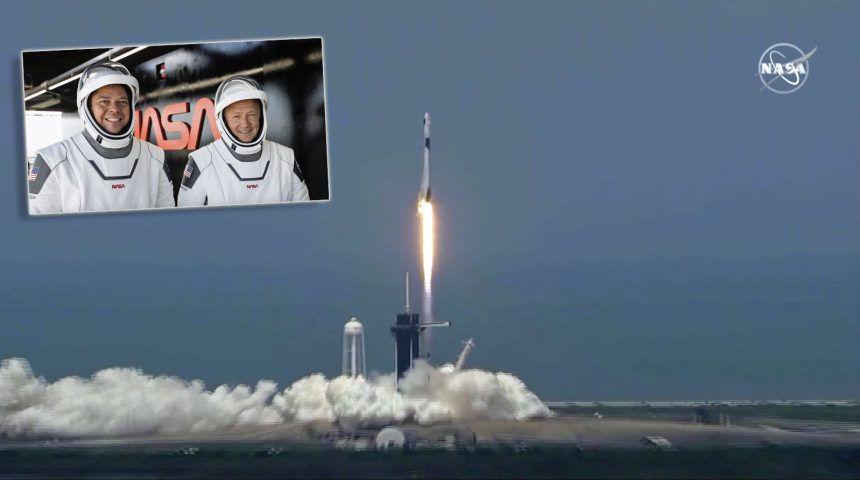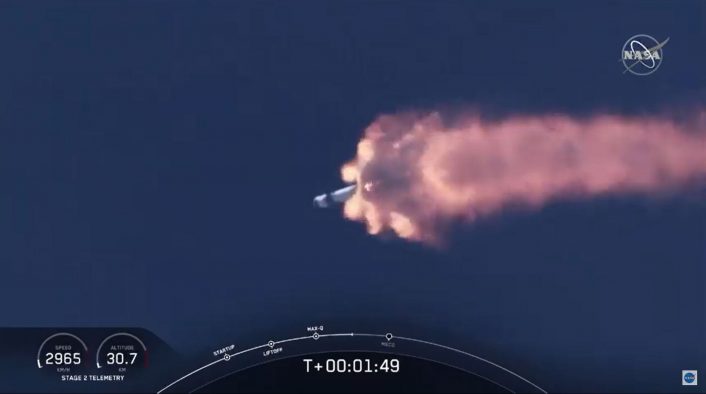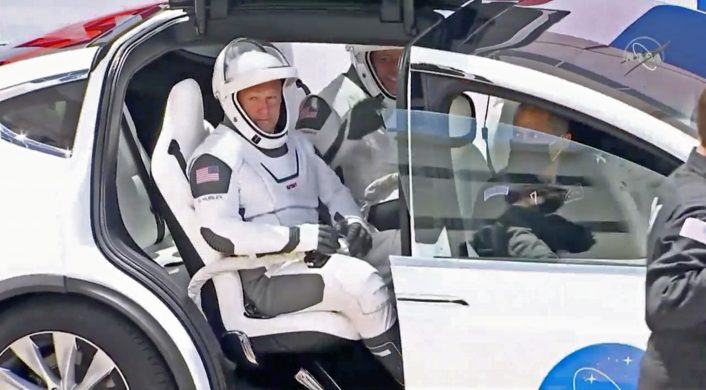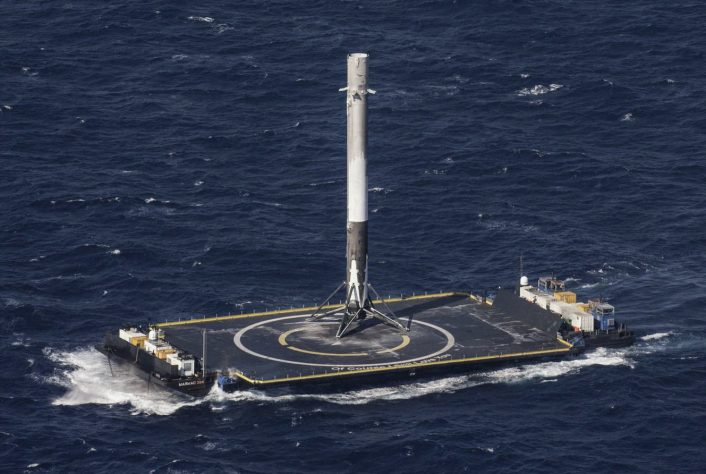Space Photographer Matt Haskell Describes Triumphant American Return to Manned Space Flight.
Set against the dark backdrop of an ongoing global pandemic and a week of domestic unrest in the United States, SpaceX astronauts Robert Behnken and Douglas Hurley took to the sky today to buoy America’s spirits and hopes for a brighter future of renewed space exploration.
The two astronauts of the SpaceX Crew Dragon spacecraft thundered clear of the launch gantry on a tail of crackling flame from Launch Complex 39A at NASA’s Kennedy Space Center in Florida. The launch, seen live across media and around the world, lifted off smoothly at 3:22 PM EDT Saturday on the SpaceX Falcon 9 rocket.
Reporters Christian Davenport and Jacob Bogage of The Washington Post described the historic launch with shared excitement by writing, “Accelerating rapidly at more than twice the speed of a gunshot, Falcon 9 tore through the humid Space Coast sky, leaving a blazing fireball and smoky trail in its wake, shaking the Earth and unleashing a deafening roar audible for dozens of miles.”
The excitement of the launch was universal. Space and aviation journalist (and The Aviationist contributor) Matt Haskell of Titusville, Florida, a veteran of 42 space mission launches, told TheAviationist.com, “Imagine the sound of rounds fired from the A-10’s gun impacting all around you, but for a few minutes. That’s what it sounded like.” Haskell has reported on spaceflights from Vandenberg AFB in California to all along the U.S. “space coast” where he has seen launches of the inaugural Falcon Heavy delivery vehicle, the Delta II and Delta IV Medium rockets.
The launch took place after a last-minute weather delay postponed the originally scheduled launch on Wednesday, May 27. Saturday’s weather window, including the required weather parameters at emergency recovery and tracking locations around the world, looked fragile as the launch approached, but the countdown stayed on schedule right up to successful ignition and liftoff.
Matt Haskell described seeing the launch:
“Emotionally it’s hard to describe. Knowing all that has to occur in order to get to this point and to finally be able to see it through was incredible. I’m sure, like the thousands of others who traveled to the area to witness the launch, we all just share the same feeling of amazement. It is also quite patriotic from an American standpoint. Seeing, as NASA administrator, Jim Bridenstine, likes to say, ‘American astronauts launching from American rockets on American soil.’”
Haskell told the Aviationist.com that he viewed Saturday’s launch as a, “Triumphant return to crewed spaceflight from U.S. soil. When we ended the shuttle program in 2011 a major void was left in our space capabilities. This launch brings that capability back.”
In a minor television glitch, live network broadcasts failed to show video of the recovery of the Falcon 9 launch vehicle onboard a remotely operated seagoing barge named “Of Course I Still Love You”. The east coast autonomous spaceport droneship (ASDS), launched in the Atlantic from Port Canaveral, Florida, is a modified barge outfitted with a large landing platform, station-keeping thrusters and other stabilization equipment that allow SpaceX missions to land rocket boosters at sea on the barge. Previous space missions, such as the Apollo missions, simply let the rocket boosters crash into the Atlantic, where they were not recovered.
While the excitement from the spectacular launch was incredible, fans of aviation and spaceflight immediately settled into a jubilant session of tracking the spacecraft and astronauts onboard around the globe on the internet and in the sky above with telescopes.
For the 19 hours following liftoff, the crew of SpaceX Dragon will chase the International Space Station from day to night and back again through multiple earth orbits until their planned rendezvous with “ISS Expedition 63” on Sunday, May 31 at 10:29 a.m. EDT (14:29 UTC).












